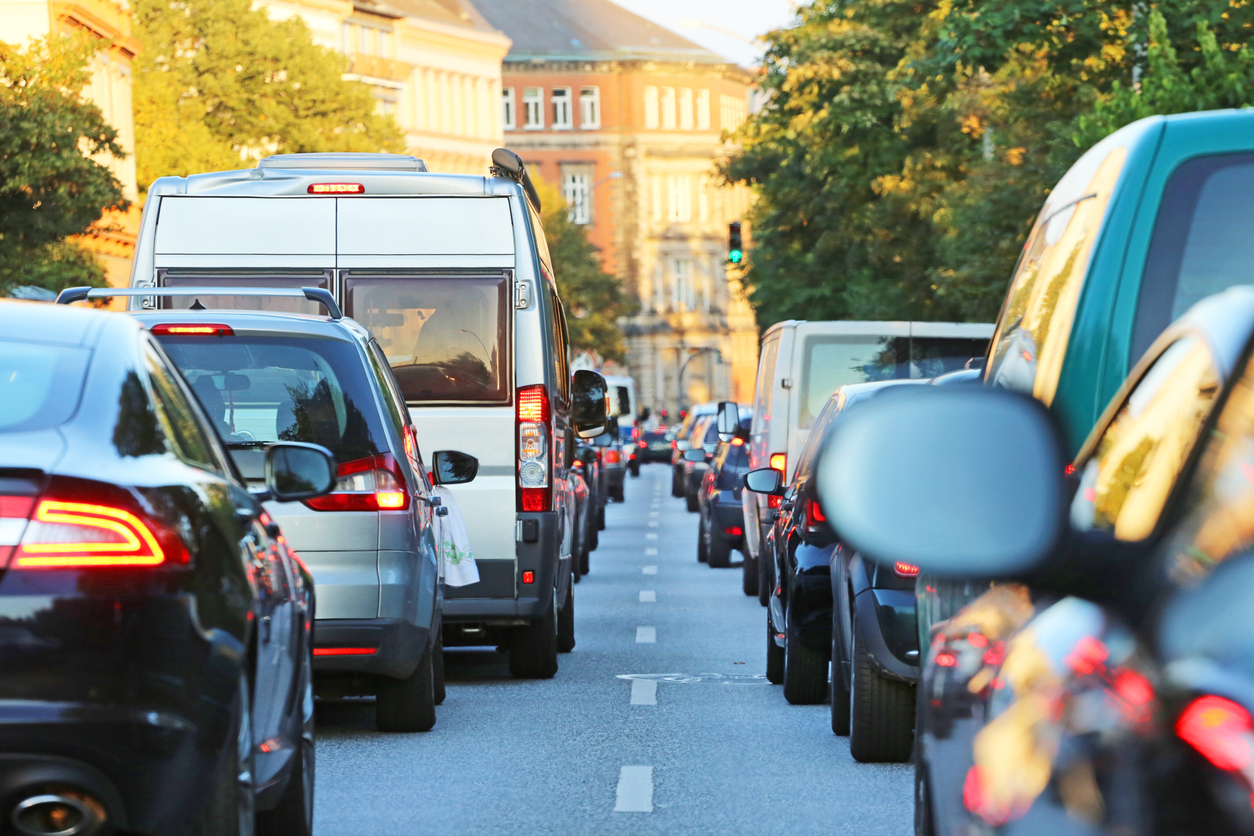U.S. Traffic Deaths Are at the Highest Level in 16 Years. Here’s Why.

According to the National Highway Traffic Safety Administration, in 2021, there were 42,915 traffic fatalities in the United States. This is the highest level of traffic fatalities the country has seen in 16 years.
However, the number of deaths per mile is thought to have somewhat decreased in 2021. Estimated deaths climbed 10.5% from 2020. Multi-vehicle collisions, urban highways, rural interstate routes, and pedestrians all saw increased fatalities.
Read on to take a deeper look into some causes of the sudden rise in fatalities.
Increase in Pedestrian, Motorcycle, and Bicycle Accidents
Exercising outdoors — going for a walk or riding a bike — has become an outlet for many who find themselves staying home more because of the pandemic. The increase in businesses allowing their employees to work from home has given adults the freedom to take a mid-day walk or hop on their bikes to burn off that extra steam.
Even for many people who don’t work from home, staying inside throughout the pandemic has inspired them to get outside whenever possible.
However, what may seem like a healthy afternoon walk around the neighborhood might turn out to be quite risky. In 2021, fatal bicycle accidents increased by 5%, while pedestrian traffic fatalities surged by 13% nationally. Additionally, fatal motorcycle accidents increased by 9%.
Increased Rates of Speeding
According to the NHTSA, speed-related collisions accounted for 5% more road deaths in 2021.
Deaths from speeding rose 17% between 2019 and 2020, the year the coronavirus epidemic started. In 2021, speeding deaths increased another 5%. The number of fatalities from these collisions went from 9,592 in 2019 to 11,258 in 2020, then up to 11,780 in 2021.
Due to increased vehicle mileage, there were also more fatalities last year in collisions involving several cars. In 2021, these deaths increased by 16%. There was an increase from March to August 2021 and again from November to December. The most significant rise in fatalities in multi-vehicle collisions occurred in April 2021.
A Surge in Alcohol Consumption
The spike in drunk driving and injuries was one of the pandemic’s most alarming developments. The number of road deaths resulting from alcohol-related collisions, as reported by police, increased by 16% in 2020. This pattern persisted in 2021, with an anticipated 5% rise in crashes involving alcohol.
Specifically, research has shown that excessive drinking rose by 21% during the pandemic. The increase in alcohol-related crashes can be attributed to two things: an increase in alcohol consumption and a decrease in available transportation options.
While companies like Uber and Lyft continued operating during the pandemic, consumers were less likely to opt for these options for fear of COVID-19 exposure.
Fatality Rates Among Senior Drivers
In 2020, fewer senior Americans died in car accidents because more individuals stayed at home or had COVID-19.
But last year, there was a 14% spike in motor vehicle accident fatalities as elderly persons (those 65 and over) returned to the road.
Accidents Involving Large Trucks
The number of fatalities in collisions involving at least one large truck increased by 13% in 2021. A large truck is one that is on the road while weighing in at over 10,000 pounds. Both commercial and noncommercial automobiles are included in the NHTSA’s count.
Since the pandemic began, there have been significant changes in the trucking industry. More people purchase food, clothing, and household goods online, so delivery vans and big trucks may pass by our houses more frequently. The increase in trucking has likely led to increased incident rates.
The NHTSA states that from April to July 2021, and again from November to December 2021, the number of traffic deaths in collisions involving at least one heavy truck soared compared to previous years.
Do you have questions about road safety in your city?, Contact us and we’ll get back to you.
